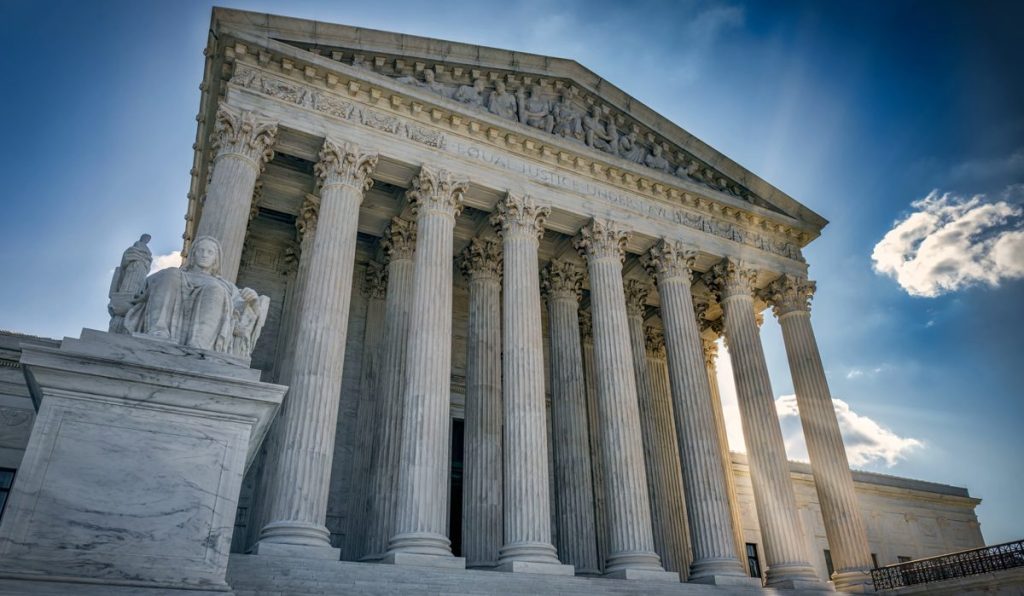The Supreme Court heard arguments Wednesday over whether it should find the structure of the Federal Housing Finance Agency unconstitutional and void an agreement it struck with the Treasury Department over revenue from the companies it oversees, Fannie Mae and Freddie Mac.
The plaintiffs in the case, Collins v. Mnuchin, have raised a $124 billion claim against the federal government, essentially arguing that the FHFA, which was created in the wake of the 2008 housing crash, acted illegally when it took several actions to prevent Fannie and Freddie from collapsing.
The case has the potential to be the most profound legal decision to affect the mortgage market in over a decade. Combined, Fannie Mae and Freddie Mac guarantee more than half of the outstanding $11 trillion of U.S. home loans.
The FHFA, as conservator, entered into an agreement with the Treasury Department in 2008 which stipulated that the Treasury Department would provide up to $100 billion in funding for Fannie Mae and Freddie Mac in exchange for compensation that included stock, dividends tied to the amount of money invested in the companies, and priority over the other shareholders in recouping their investment.
The agreement was amended in 2012, requiring Fannie and Freddie to pay dividends pegged to the companies’ net worth (as opposed to the size of the Treasury Department’s investment).
Shareholders, led by lead plaintiff Patrick Collins, are arguing before the Supreme Court that the conservator knew that Fannie Mae and Freddie Mac “were on the verge of generating huge profits, far in excess of the dividends owed” under the current system, SCOTUSBlog reported.
The case also has big potential implications for the structure – perhaps even existence – of the FHFA, which could be declared void and all of the agency’s prior actions invalidated.
Plaintiffs also argued that the FHFA is unconstitutional because it mandates that the president is able to fire the agency’s director “only for cause.”
“FHFA sweeping claims to unlimited, standardless discretion powerfully illustrate the framers’ wisdom in refusing to vest executive authority in an unaccountable, fourth branch of government,” said David Thompson, an attorney for the shareholders.
The federal government agreed that the FHFA’s structure is unconstitutional, but in oral arguments Wednesday said that the 2012 agreement should stand since it was approved by an acting director and the Treasury secretary, both of whom can be fired at will by the president.
The court ruled 5-4 in a similar case in June over the structure of the Consumer Financial Protection Bureau, which was created by the 2010 Dodd-Frank Wall Street Reform and Consumer Protection Act. The court also struck down the CFPB director’s protection from being fired by the president, but didn’t abolish the watchdog agency.
Aaron Nielson, a law professor who argued in defense of the FHFA’s structure, said that the agency should not be held to the same standard as the CFPB because it does not regulate privately run businesses and has less discretion than the bureau, according to The Hill.
“The court is going to have to answer some very hard questions, including what is the constitutional basis for any of this,” he said. “Thankfully, the court doesn’t need to answer any of them. Because an acting director doesn’t have 10 years to begin with.”
According to The Hill, arguments on Wednesday focused more on how the court should adjudicate the 2012 contract, and less on the structure of the agency itself.






